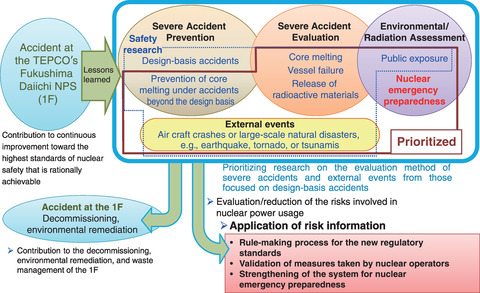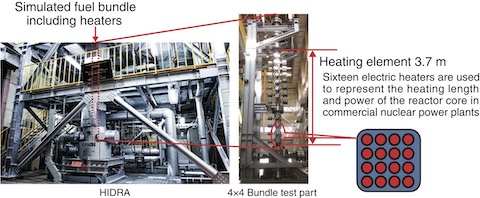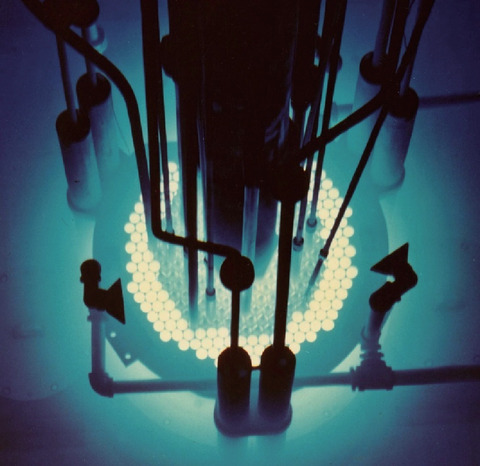
Fig.2-1 Directions of activities at the Sector of Nuclear Safety Research and Emergency Preparedness

Fig.2-2 High-pressure thermal-hydraulic loop (HIDRA)

Fig.2-3 Nuclear Safety Research Reactor (NSRR)
The Sector of Nuclear Safety Research and Emergency Preparedness aims to perform advanced safety research from a long-term viewpoint to provide a technical basis for nuclear safety assessments through calculations, experiments, and measurement techniques, as well as technical support for nuclear regulatory administration. These efforts contribute to the development of safety criteria and/or guidance, and can support efforts to update safety regulations for continuous improvement of safety.
Prior to the accident at the TEPCO's Fukushima Daiichi NPS (1F), research efforts were focused on design basis events to assess the safety of a nuclear reactor; after the 1F accident occurred and was carefully reviewed, the research efforts were modified in accordance with the lessons learned from the accident, as shown in Fig.2-1. Various research activities to reduce the risks associated with operating nuclear facilities and their uncertainties have been expanded and prioritized, such as prevention and mitigation during the progression of severe accidents, external event assessment, preparation for and in response to emergency situations, and environmental impact assessments and waste management strategies related to the 1F accident.
This research is featured by large-scale facilities where various accident conditions can be simulated. For example, the high-pressure thermal-hydraulic loop (HIDRA) shown in Fig.2-2 has been constructed and used to develop sophisticated techniques to evaluate core heat transfer. The Nuclear Safety Research Reactor, shown in Fig.2-3, has been used to investigate the fuel failure limit and the effect of fuel failure on the nuclear reactor during a reactivity-initiated accident, which is a design-basis event. Several studies regarding material degradation, the structural integrity of components important for safety, and ultra-trace analysis of nuclear materials for nuclear safeguards, among others, have also been performed. Further, we have acted as the operating agent in the OECD/NEA project “Analysis of Information from Reactor Buildings and Containment Vessels of Fukushima Daiichi NPS (ARC-F)”.
To investigate emergency preparedness, the effectiveness of shelters' radiation protection countermeasures has been evaluated, as has the performance level required for nuclear emergency response materials/equipment. Moreover, techniques to integrate data obtained by different monitoring methods and investigate radioactivity distributions in coastal regions around 1F are under development. Domestic nuclear power plants are now monitored for background radioactivity in preparation for nuclear emergencies.
This chapter presents the results of the following recent research activities: the development of a portable thyroid dose monitoring system for emergency situations (Topic 2-1), the influence of monitoring post contamination on its response (Topic 2-2), a simulation of projectile impact on a reactor building (Topic 2-3), the suppression of volatile ruthenium release from high-level liquid waste under severe accident conditions at reprocessing plants (Topic 2-4), the prediction of reactor pressure vessel embrittlement via machine learning (Topic 2-5), the advanced modeling of radionuclide migration in the geosphere (Topic 2-6), the determination of the uranium purification period for nuclear safeguards (Topic 2-7), and the developed training programs of emergency response robots (Topic 2-8).
Two other topics related to 1F-accident, the design optimization for criticality experiments on simulated fuel debris (Topic 1-4) and the decreasing trend of air dose rates in Fukushima prefecture after the 1F accident (Topic 1-12), were also detailed in Chapter 1.